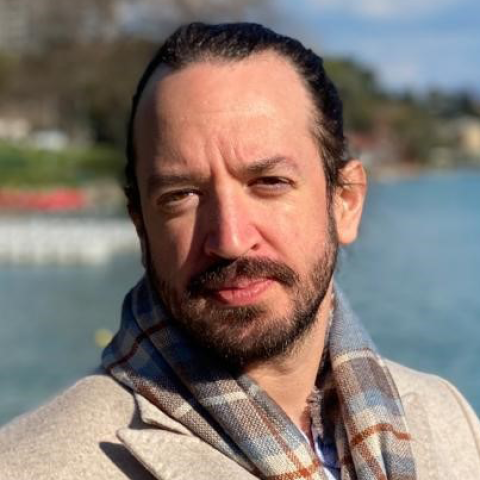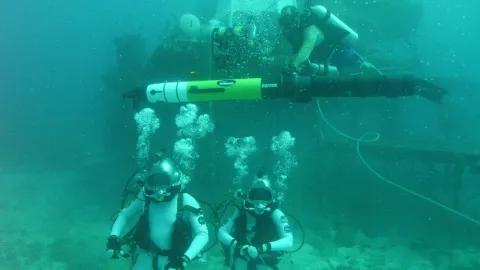Bjorn Lomborg and his Copenhagen Consensus have just joined one of the smallest clubs in today's world: people who believe that high-yield farming is the path to a sustainable future for people and wildlife despite, and even because of, its pesticides, chemical fertilizers, irrigation dams, and blast-freezers.
Lomborg, famous for his book "The Skeptical Environmentalist," summons a quadrennial panel of distinguished economists to examine where the world might invest more effectively to solve solvable problems.
In 2004, his panel recommended more investment in fighting HIV/AIDS. In 2008, they suggested more investment in delivering micronutrients to malnourished populations. This year, as Lomborg wrote in the Wall Street Journal on April 24:
"One of the main reasons we cut down natural habitat is to increase farming output for a growing population, so one proposed policy is to increase agricultural yields through research and development, making it possible to feed more people with less land. This is a controversial answer to the challenge of the loss of biodiversity but one which might do more, at lower cost, than our current efforts."
I confess to having written a book in 1995 titled Saving the Planet With Pesticides and Plastic: The Environmental Triumph of High-Yield Farming. The book honored Dr. Norman Borlaug, the 1970 Nobel Peace Prize winner, who led international efforts in cross-breeding higher-yielding and disease-resistant grain crops. The new seeds, with fertilizer, irrigation, and pesticides, tripled crop yields on the good-quality soils around the world. It was the most amazing humanitarian gain in human history.
The higher yields also saved 6.6 million square miles of wildlife habitat from being plowed for more low-yield crops! Borlaug called it "high-yield conservation."
Our best "high-yield conservation" converts to date have been Bill and Melinda Gates, who are supporting tens of millions of dollars worth of high-yield farming research at international agricultural research centers. The Gateses have also recruited fellow billionaire Warren Buffett, partly because his son Howard was already a "high-yield conservation" advocate. Howard welcomed me when he was vice president of the big crop processor Archer-Daniels-Midland, and we put together the only TV spots in history that praised high-yield conservation. The spots featured David Brinkley, who had just retired from NBC News. Sadly, the spots were shown only a few times, on then-small cable TV nets, before Howard left the company and the effort was dropped.
Howard has published a beautiful book of his own nature photos taken worldwide. It's titled On the Edge. In it, he says simply, "High-yield farming, through increased efficiency, will continue to help protect additional land from cultivation."
Jason Clay of the World Wildlife Fund-U.S. has written a book titled World Agriculture and the Environment that also makes the high-yield conservation argument. The American Farm Bureau is in the Keystone Alliance with such forward-thinking organizations as Clay's World Wildlife Fund and the Nature Conservancy.
Under environmental movement pressures, and from a media that loves to pillory pesticides, U.S. agricultural research stations have been shifting their focus from higher yields to "sustainable farming." Unfortunately the "sustainable farming" gets substantially lower yields and will thus endanger more wildlife.
They say it takes 25 years to insert a new thought into people's minds. We're now at 42 years since Dr. Borlaug's Nobel Peace Prize and 17 since my book--but we can't quit now.
One highly salient point bears repeating for First World readers: The U.N. Low Variant population projections to A.D. 2300 show human numbers peaking soon, about 2045, at 8.1 billion people. Our population will then tend strongly downward, to 6.2 billion in 2100 and 2.3 billion in 2300.
After 2300, we can go back to "natural" farming if we choose, without losing nearly so much wildlife.














